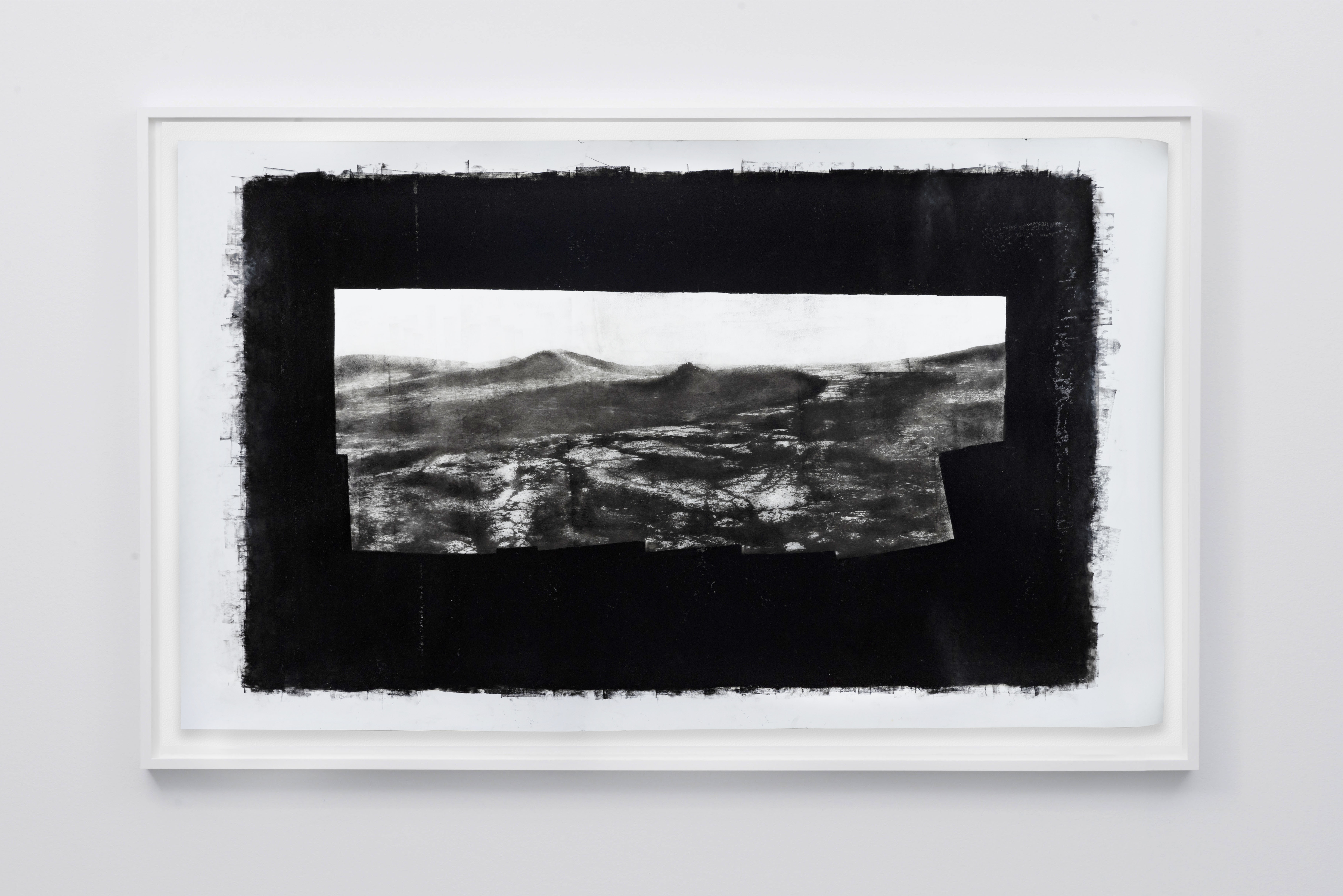










In 2004, the American space agency NASA launched a mission of two rovers to prospect the surface of Mars. The twin vehicles named Spirit and Opportunity were designed to roam the planet for 90 sols (90 Martian days corresponding to 24 hours and 40 minutes each), collecting data on territory, evidence to provide clues on ancient life and water, and other findings that might brace hypotheses of future habitability. Spirit fulfilled its mission and ceded its functions in 2011, outliving its estimated lifespan by seven years, while Opportunity is still wandering the planet today.
Able to clean its solar panels from dust swirled up during Martian storms, the rover was assigned new scientific missions originally unintended and unforeseen. Among the outcomes of these are multiple images taken by Opportunity as it looks back over its path and photographs its own tracks, which are held in NASA’s publicly accessible archives. Auspicious and pioneering as future visions of life on Mars may seem, the images of a lonely rover roaming the surface of this faraway planet, long after completing its mission and abandoned by its twin, evoke a sense of anthropomorphic solitude.
For the work Opportunity, Nelson reproduced one of Opportunity’s photographs in bromoil, a 19th century technique which became popularized by the pictorialist movement. Depicting the deserted Martian landscape, the work evokes both the nostalgia of hand-created, rather than recorded, bromoil photographs, and the futuristic endeavor to make this barren planet inhabitable. Looking at the black-and-white soft-contoured image, brought out by Nelson’s ink brush touching the photographic surface, we may think of humans longing to touch, and eventually inhabit, this extraterrestrial landscape of craters and sand dunes—a longing harnessed by the “pioneers” attempting to create a new habitat for those adventurous and wealthy enough to partake.